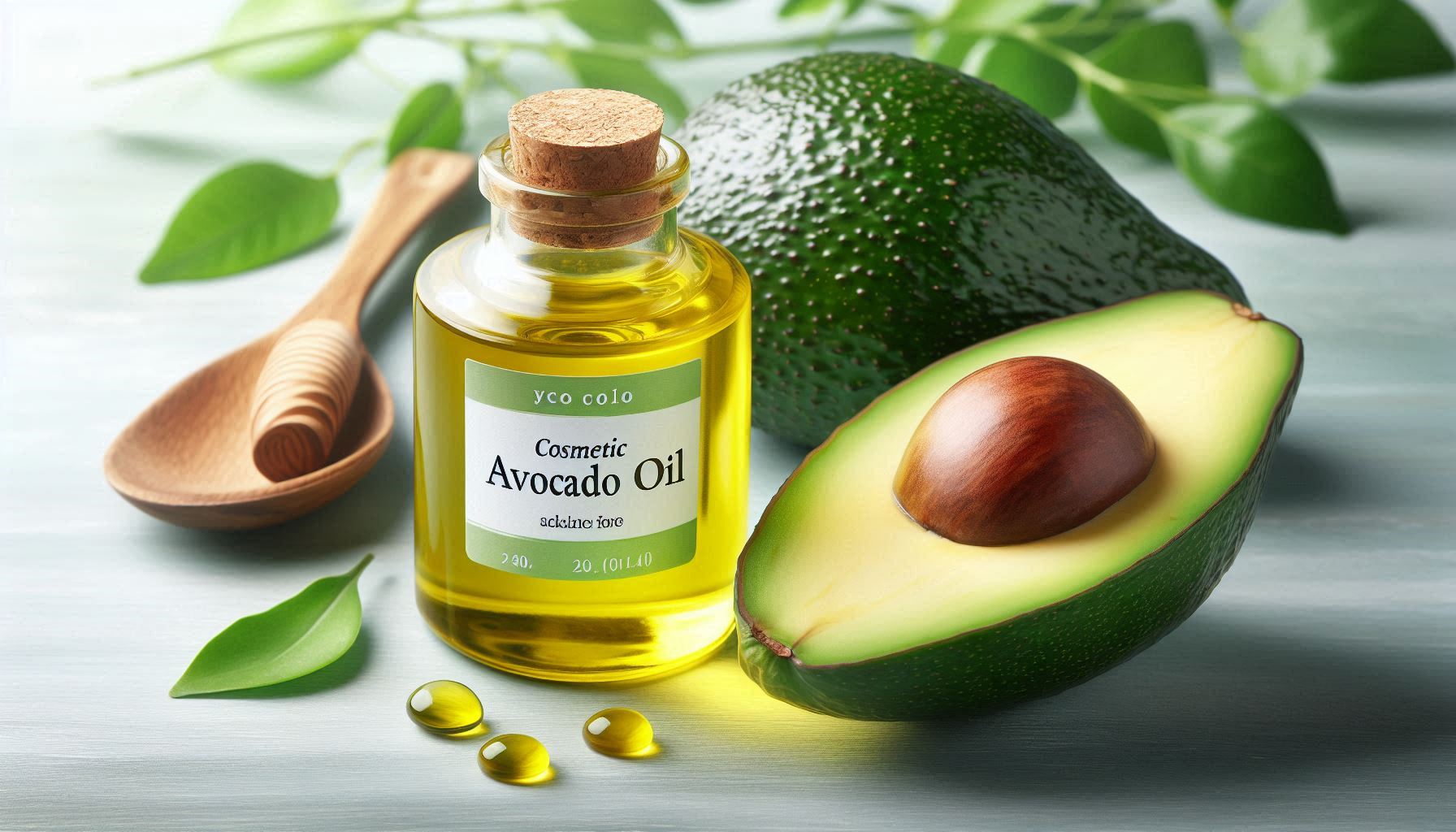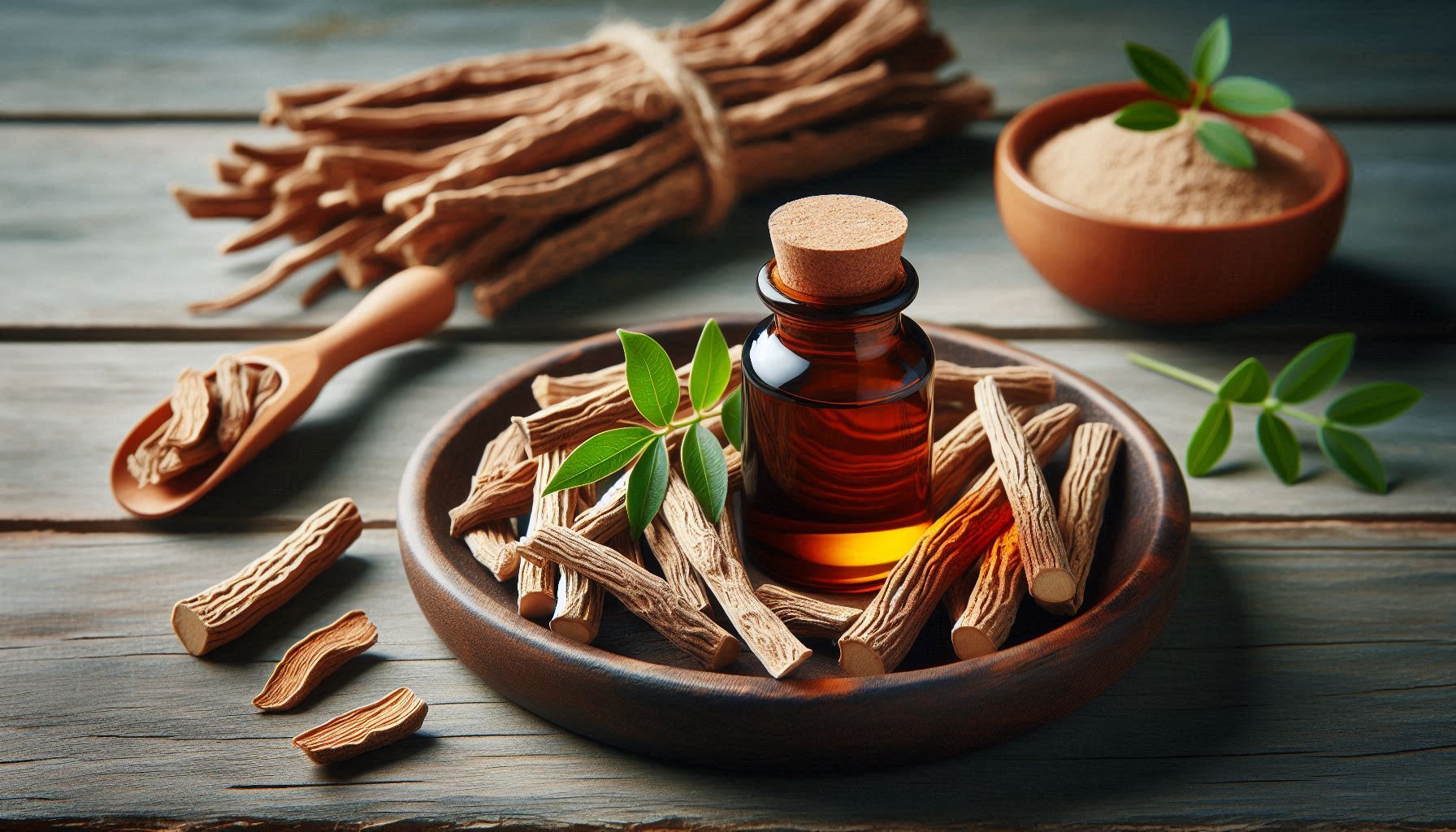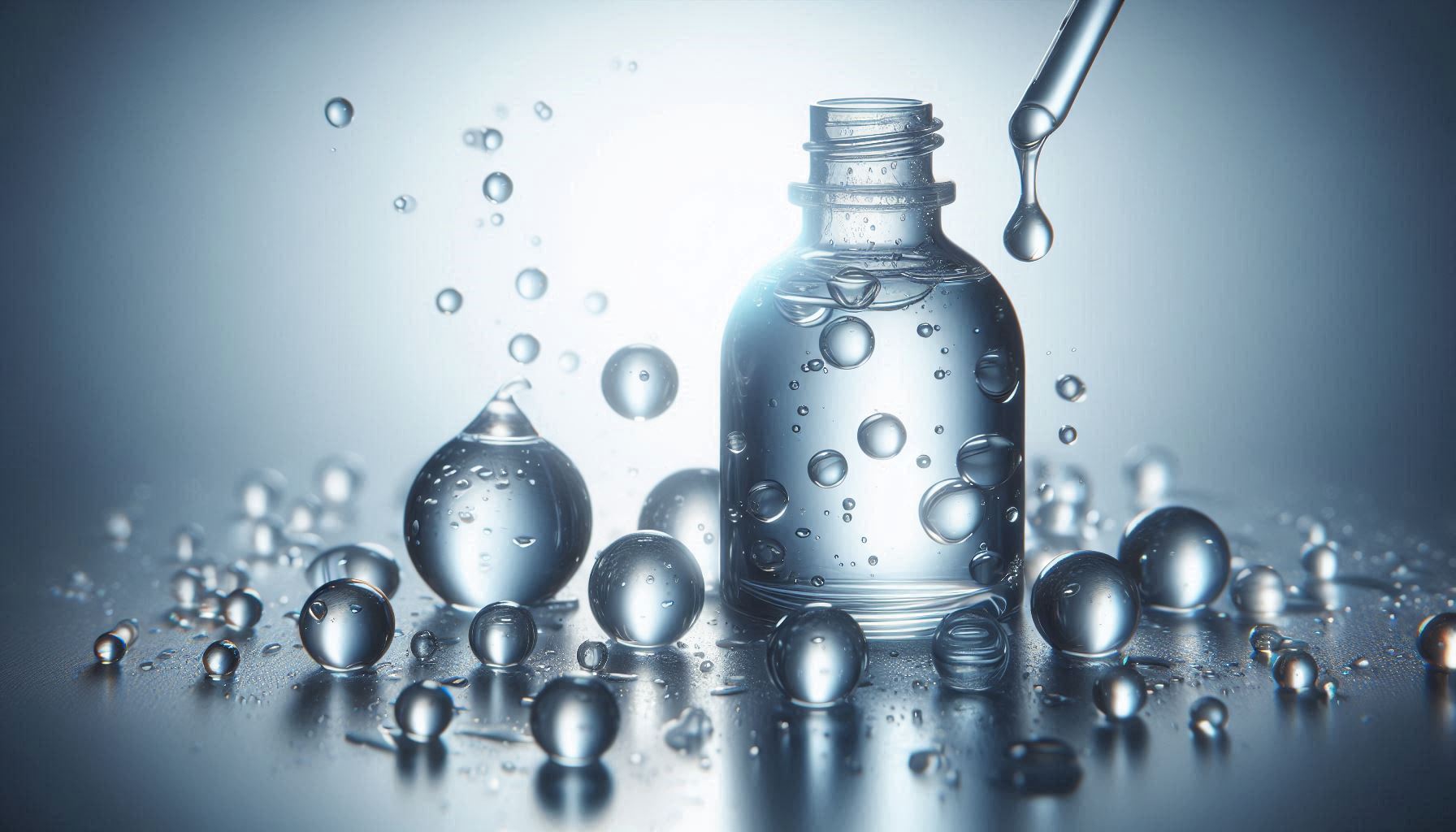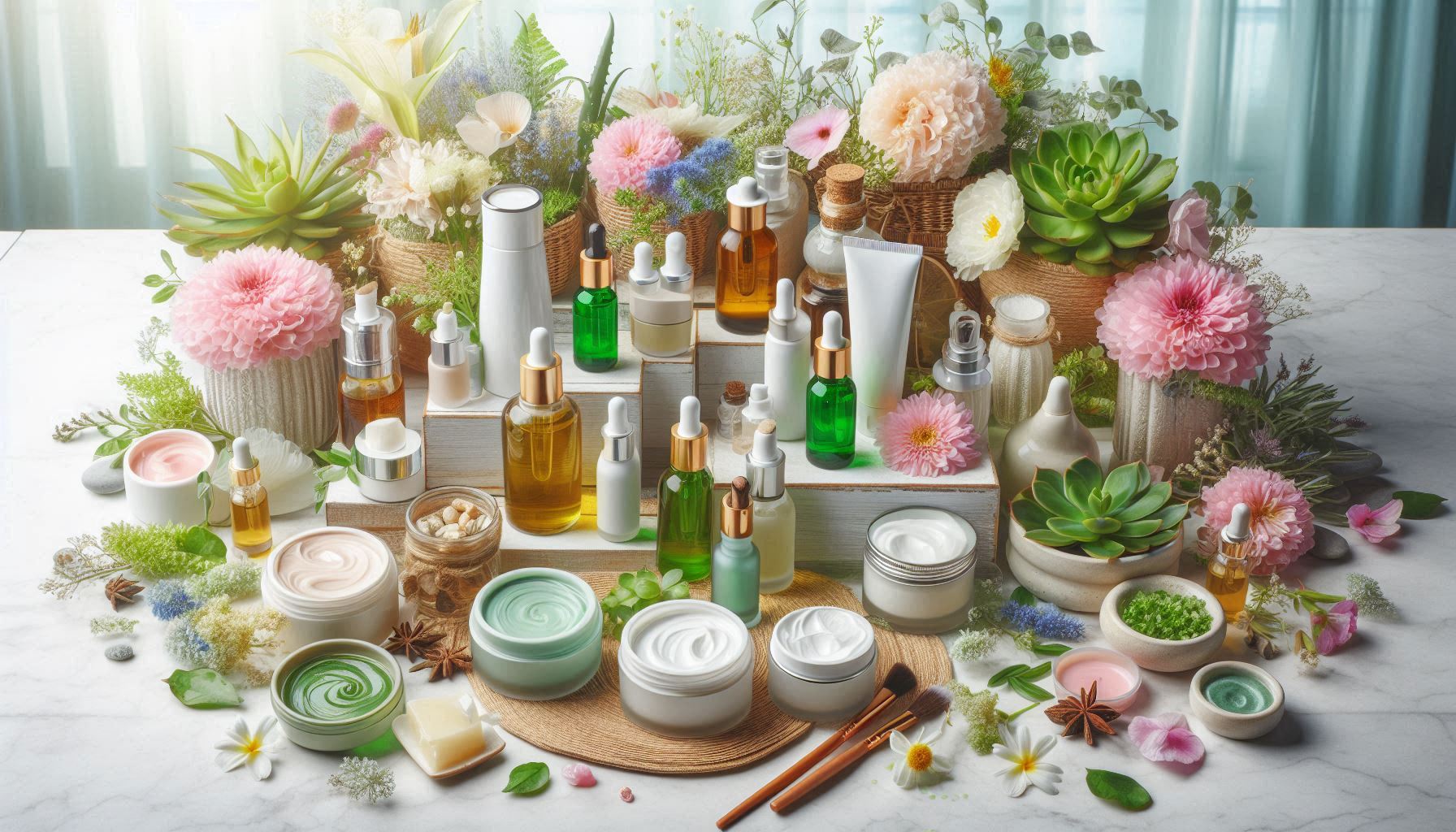
Why do we use Cassia Angustifolia (Hyaluronic Acid)?
In the quest for ultimate skin hydration, Hyaluronic Acid has long been the reigning champion. But nature has its own powerful alternatives, and one of the most impressive is Cassia Angustifolia Seed Polysaccharide. Often marketed as “Botanical Hyaluronic Acid,” this plant-derived ingredient is a powerhouse humectant that provides intense hydration and a visible plumping effect. As a key hydrator in our ingredient philosophy, we choose it for its remarkable ability to mimic the hydrating effects of hyaluronic acid.
What is Cassia Angustifolia Seed Polysaccharide?
Cassia Angustifolia Seed Polysaccharide is a natural, high-molecular-weight sugar molecule (a polysaccharide) extracted from the seeds of the Senna alexandrina plant. This plant is native to parts of Africa and Asia and has been used in traditional medicine for centuries.
In skincare, this extract has gained fame for its structural similarity and comparable performance to Hyaluronic Acid. It is an exceptional humectant, meaning it can attract and bind large amounts of water to the skin. It also has a unique film-forming ability, which contributes to its smoothing and plumping benefits.
The Good: 3 Key Benefits of “Botanical Hyaluronic Acid”
This plant-based hydrator is a multi-functional ingredient for achieving a plump, hydrated, and smooth complexion.
1. It Provides Intense, Lasting Hydration
This is its star benefit. The polysaccharide molecules are excellent at binding water to the outermost layer of the skin. This powerful humectant action helps to:
- Dramatically increase the skin’s moisture levels.
- Keep the skin hydrated and comfortable throughout the day.
- Give the skin a dewy, plump, and healthy appearance.
2. It Visibly Smooths and Plumps the Skin’s Surface
When applied, Cassia Angustifolia Seed Polysaccharide forms a delicate, breathable film on the skin. This film helps to lock in moisture and has an immediate smoothing effect on the skin’s texture. It can temporarily fill in the look of fine lines and dehydration lines, resulting in a smoother, more youthful-looking complexion.
3. It Offers Antioxidant Protection
Like many plant-derived ingredients, this extract contains flavonoids that provide antioxidant benefits. These compounds help to protect the skin from the damaging effects of environmental free radicals, which are a primary cause of premature aging.
The Bad: Are There Any Considerations?
This ingredient is exceptionally safe, gentle, and effective. The “cons” are less about risk and more about managing expectations compared to its famous counterpart.
- It’s Not Exactly Hyaluronic Acid: While it’s called “Botanical Hyaluronic Acid” and mimics its hydrating effects beautifully, it is a different molecule. True Hyaluronic Acid is a “skin-identical” ingredient that your body produces. Cassia Angustifolia is a plant-derived mimetic. It is a fantastic hydrator, but it is not a bio-identical replacement.
- Primarily a Hydrator and Smoother: Its main, proven benefits are hydration and surface smoothing. It is not a targeted “active” for stimulating collagen in the way that Peptides are.
- It’s a Team Player: Like all humectants, from Glycerin to Hyaluronic Acid, it works best when formulated with emollient and occlusive ingredients to help lock in the moisture it attracts.
The Verdict
Cassia Angustifolia Seed Polysaccharide is a superb, nature-derived hydrator that offers a powerful alternative to traditional Hyaluronic Acid. Its ability to drench the skin in moisture while smoothing its surface makes it an exceptional choice for anyone looking to combat dehydration and achieve a plump, dewy glow.
Primary Article Sources
- National Institutes of Health (PubMed Central): Plant-Derived Polysaccharides for Cosmetic Applications – This 2021 review in the journal Cosmetics discusses the use of plant polysaccharides, including those from Cassia, as effective moisturizing and film-forming agents in skincare.
- PubMed: Hyaluronic acid: A key molecule in skin aging – This foundational review explains the role of hyaluronic acid in the skin, providing the scientific benchmark for why “botanical mimics” like Cassia Angustifolia are so beneficial.
Other sources used for this article:
- Cleveland Clinic
- Healthline
- National Institutes of Health – nih.gov
- CeraVe
- Perricone MD
- Harvard Health
- The Green Kiss
- Viva Maia
- Ave Seena
Frequently Asked Questions about Botanical Hyaluronic Acid
It is an excellent hydrator with very similar effects. While they are different molecules, Cassia Angustifolia Seed Polysaccharide is also a powerful humectant that binds water to the skin, resulting in a plump, hydrated appearance, just like traditional Hyaluronic Acid.
Its primary benefits are intense hydration and skin smoothing. It acts as a powerful humectant to draw moisture into the skin, and its film-forming properties help to soften the look of fine lines and give the skin a smooth, dewy finish.
Yes, it is considered very safe, gentle, and non-irritating, making it an excellent choice for all skin types, including those with sensitive skin.
Find Cassia Angustifolia in Our Products
(will be updated soon)









